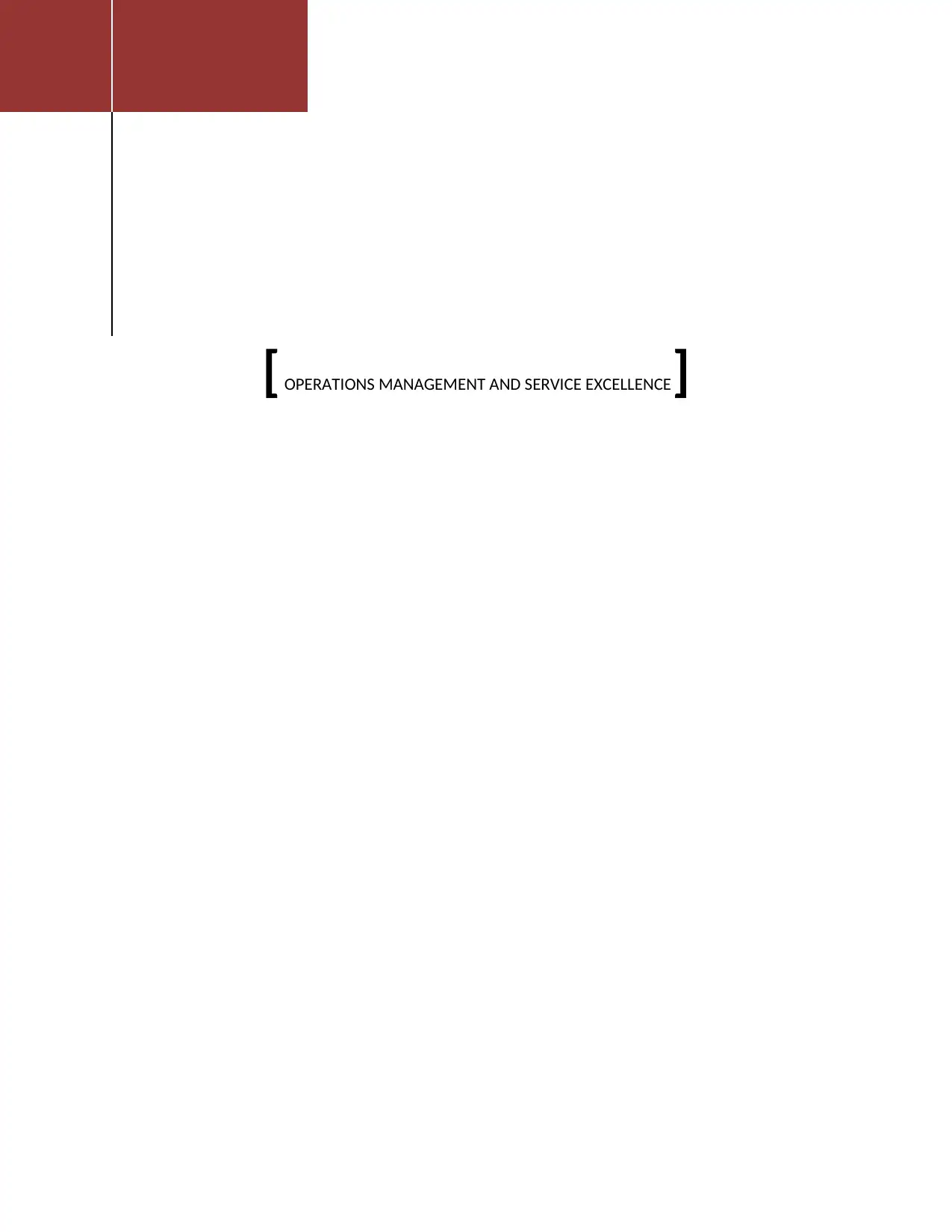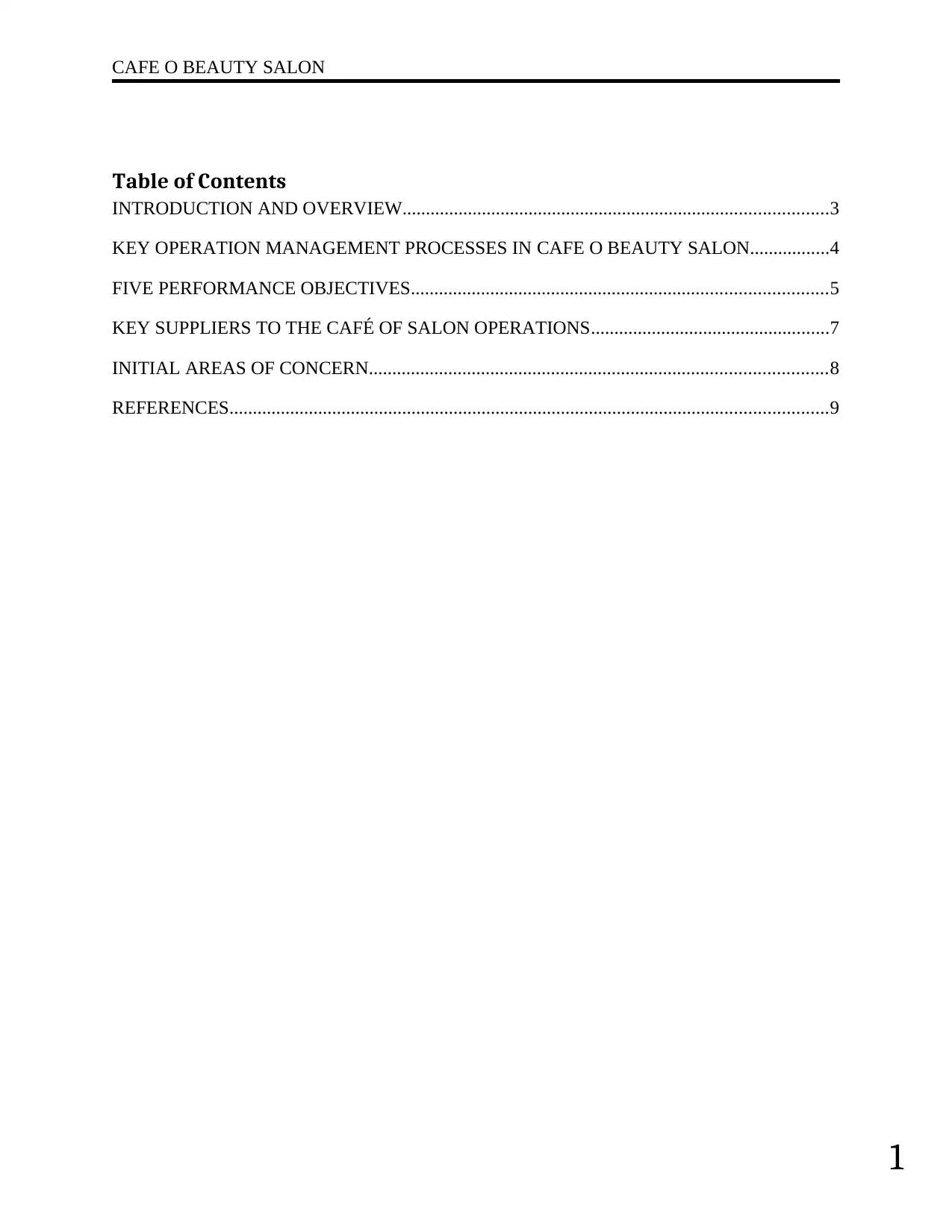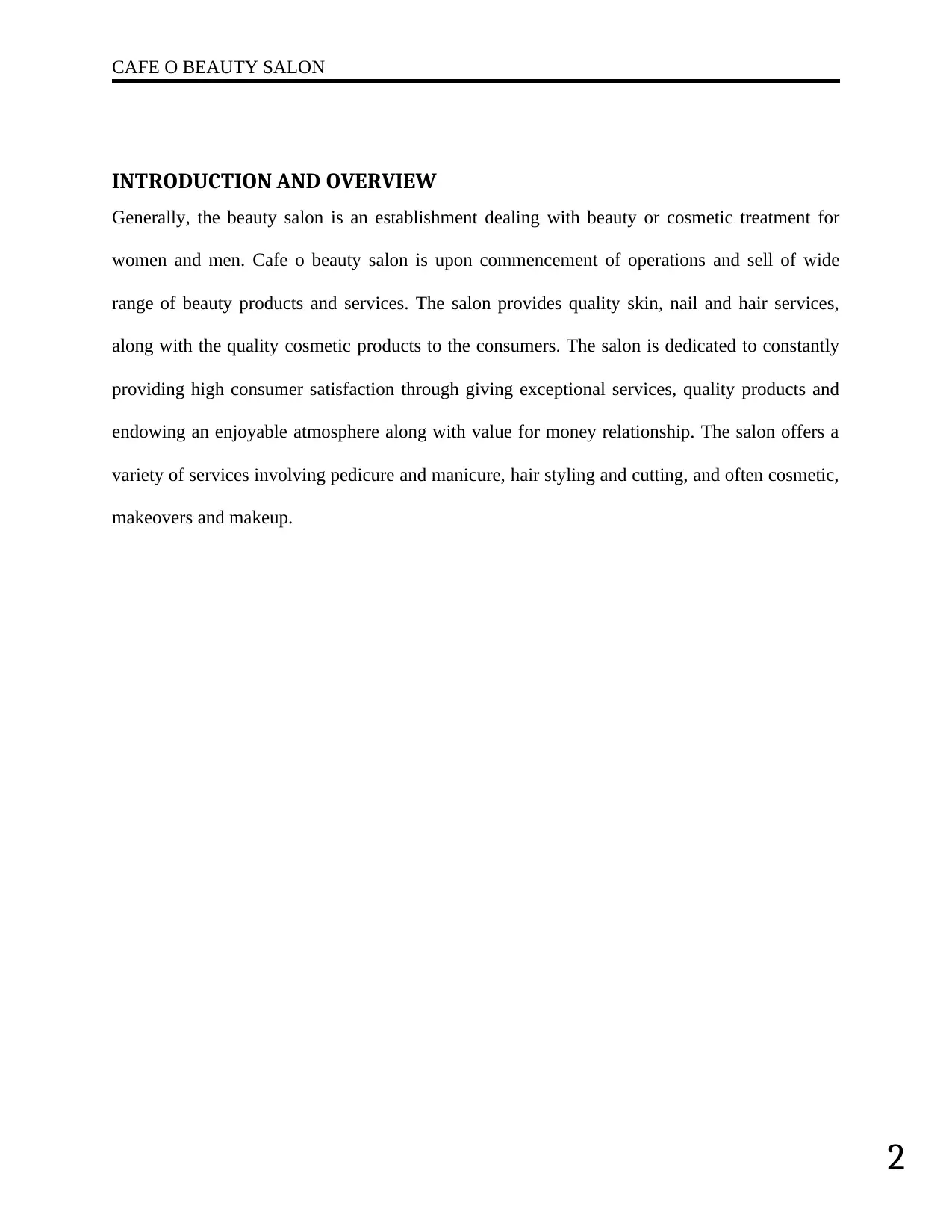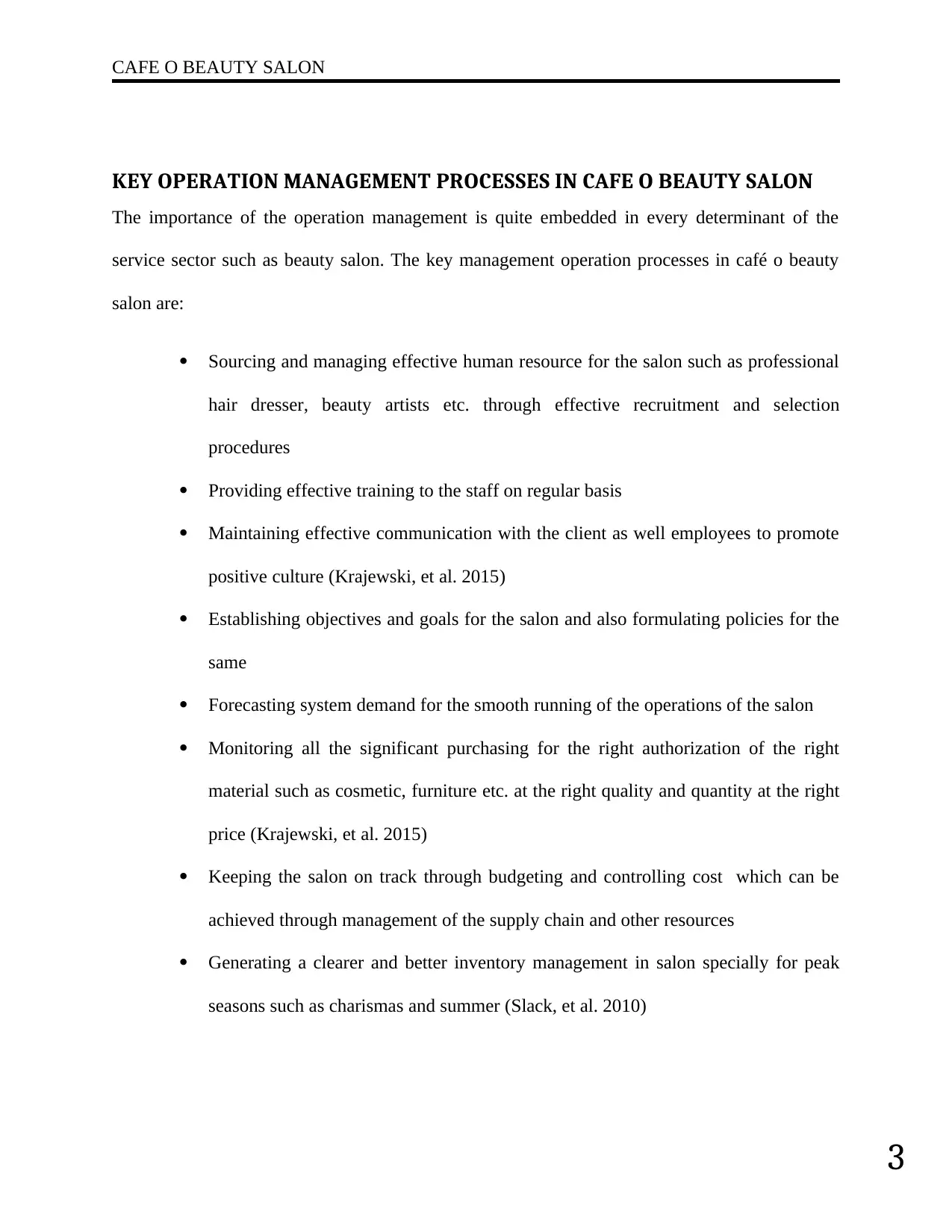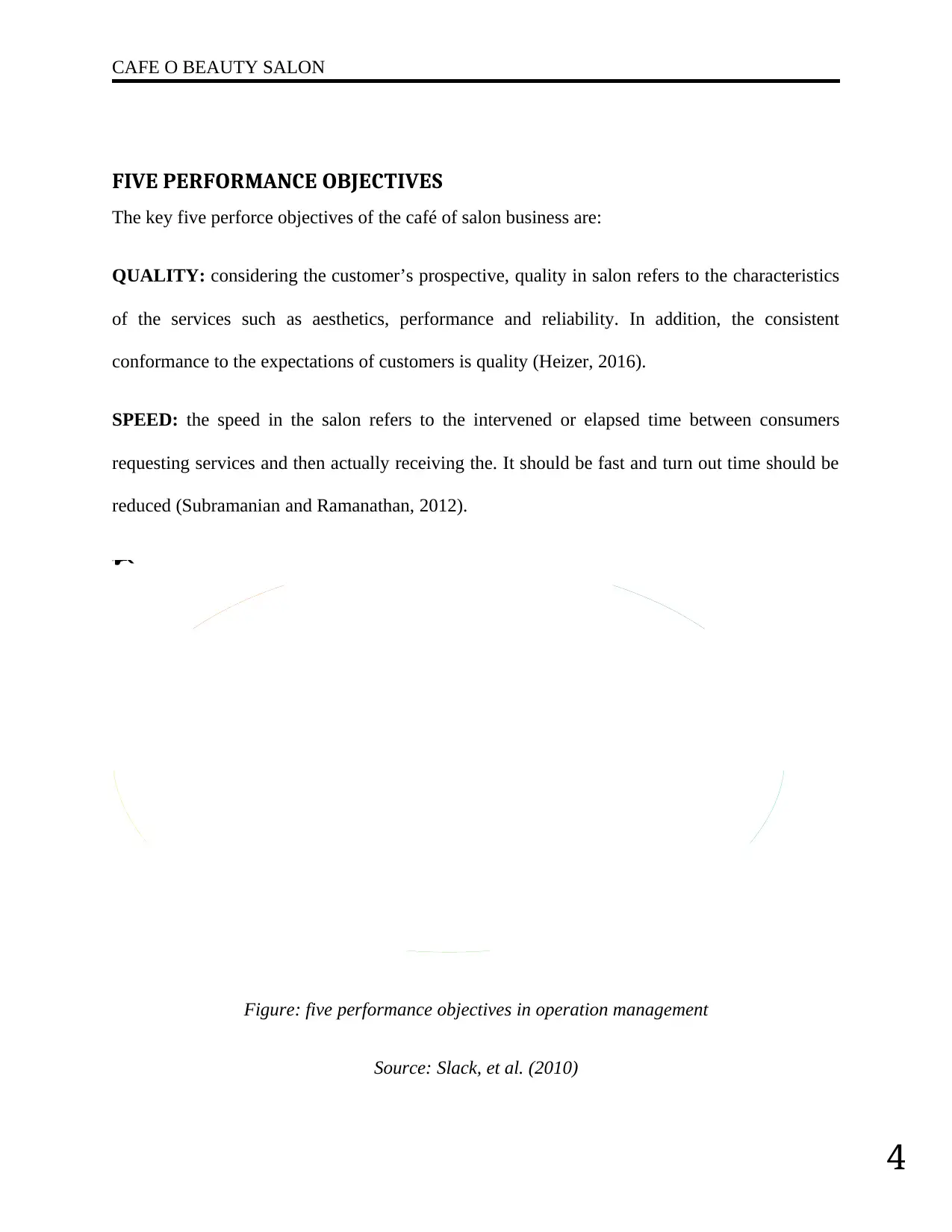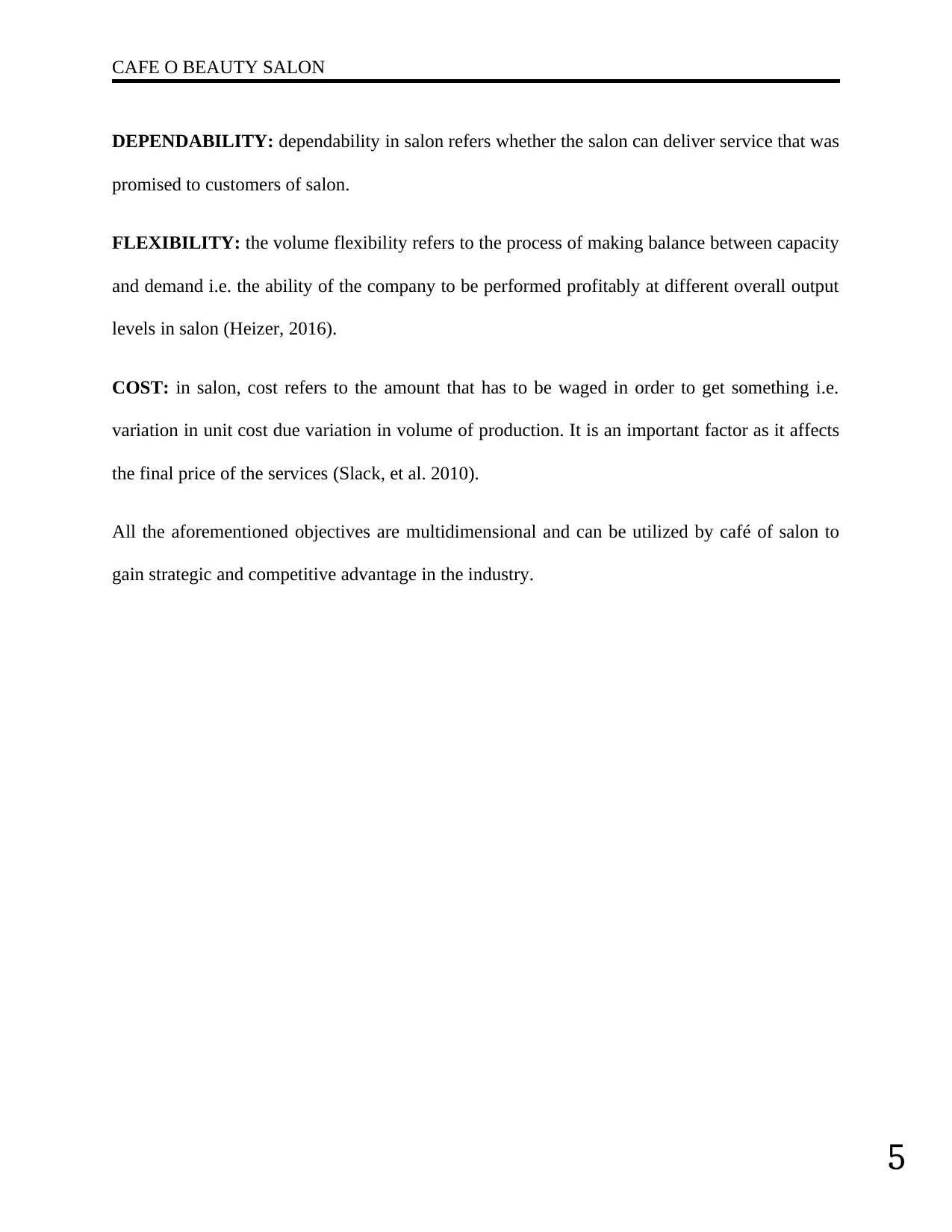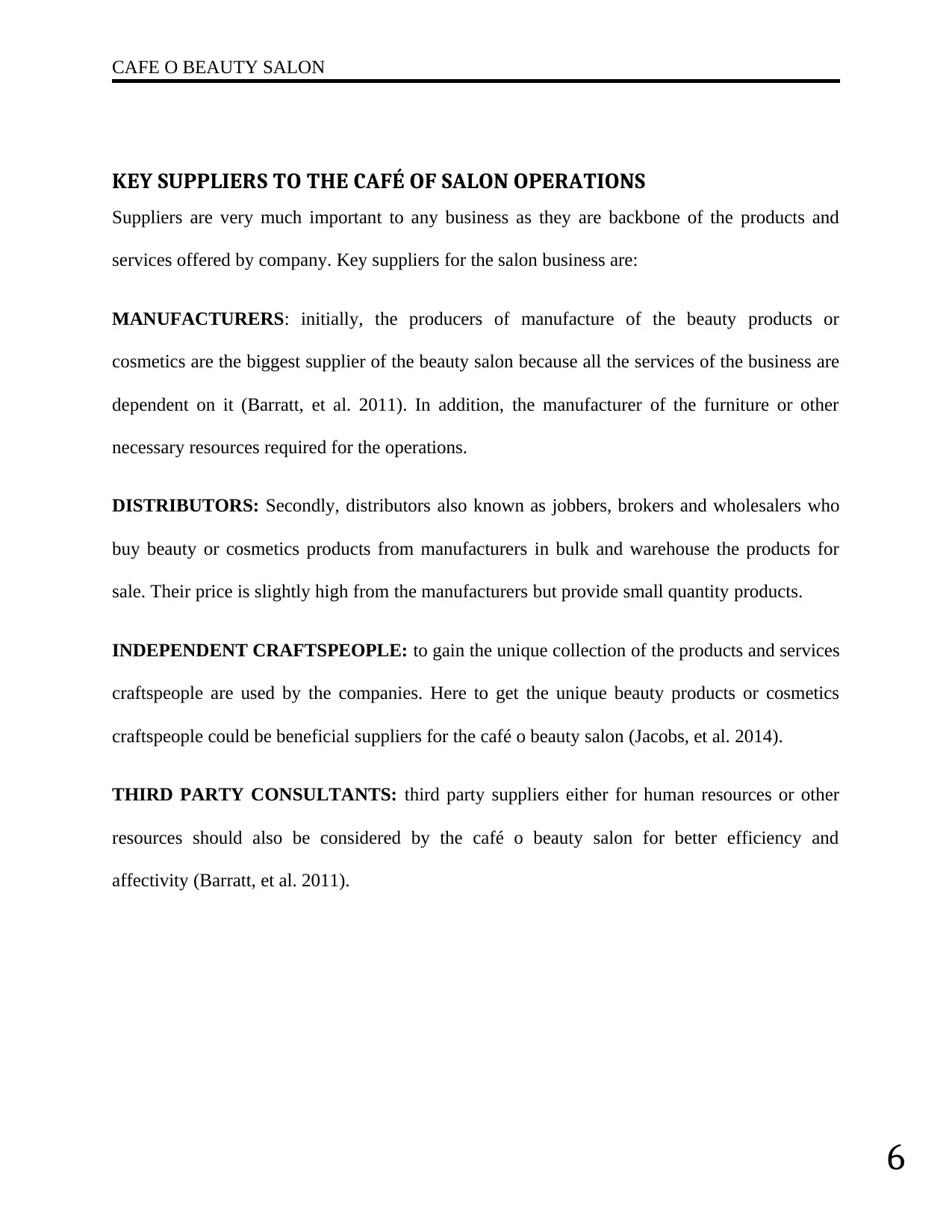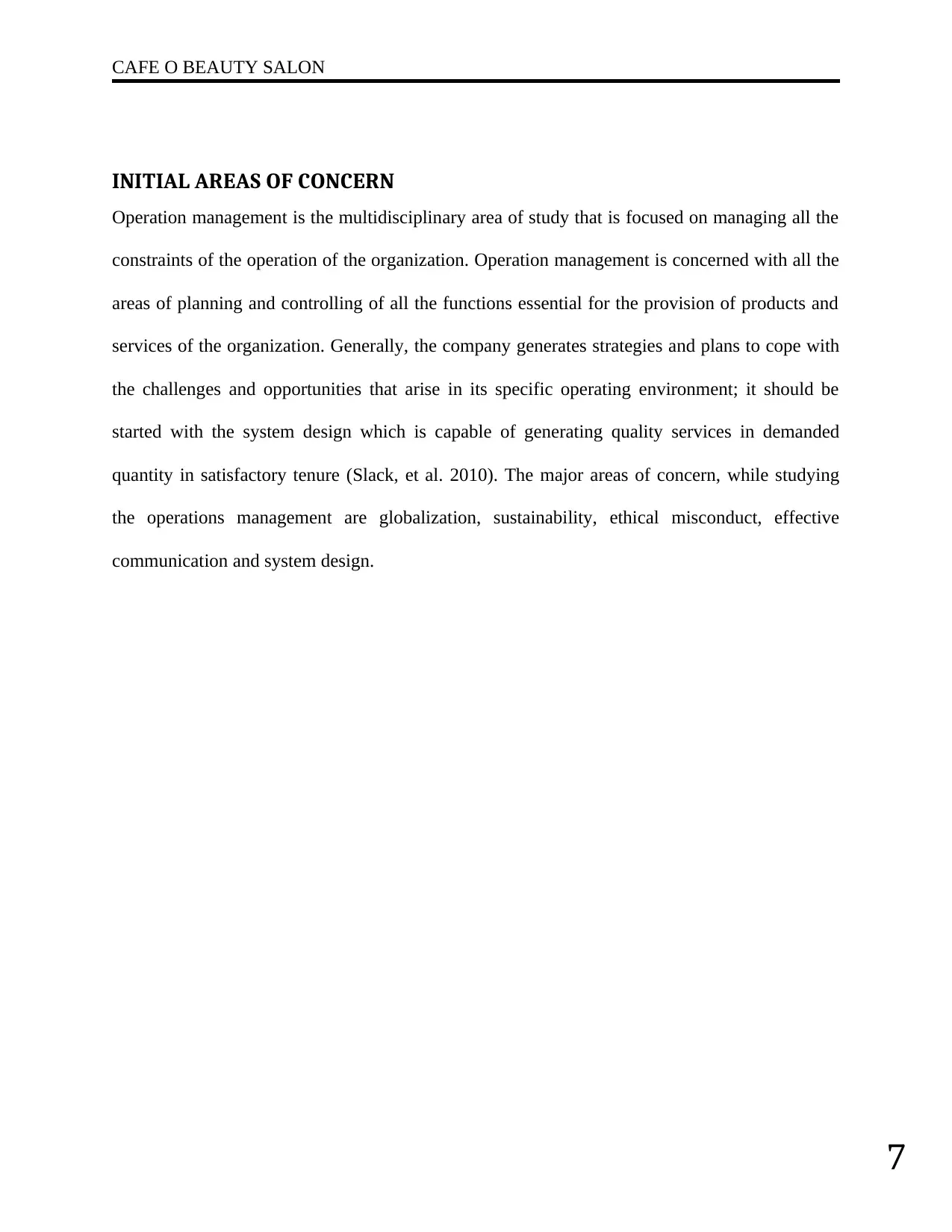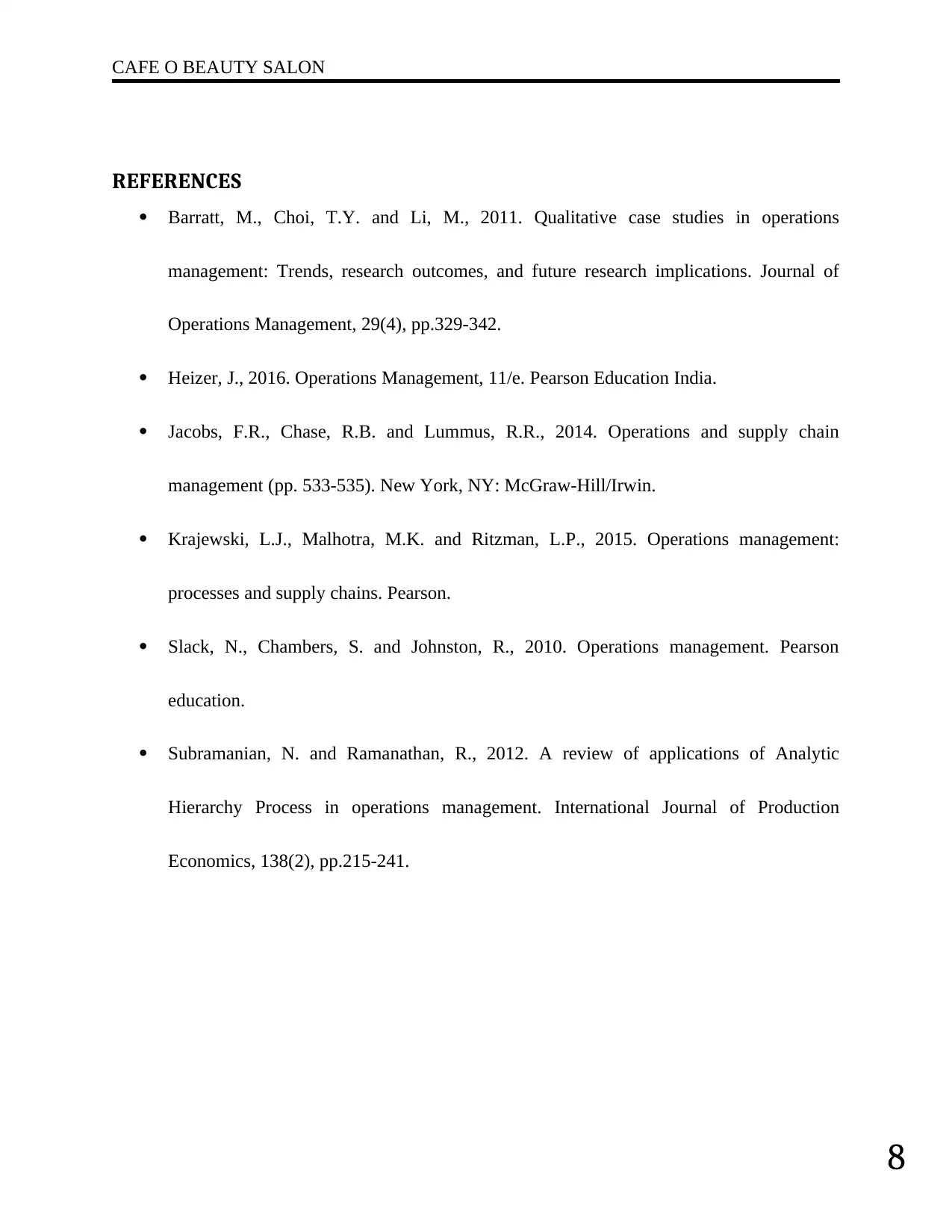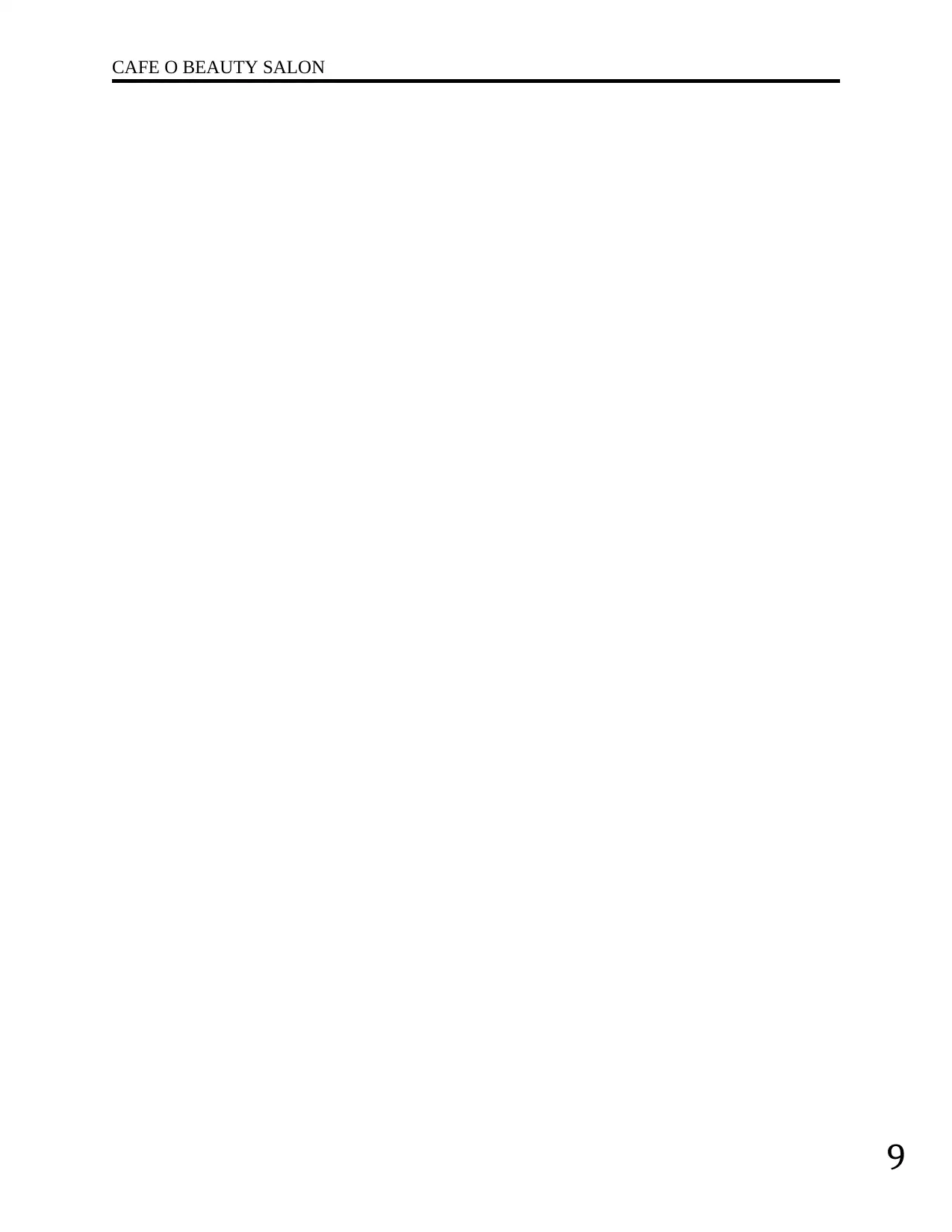This case study examines the operations management practices of Cafe O Beauty Salon, a newly established beauty salon offering a wide range of services and products. The study analyzes key operational processes, including human resource management, training, communication, forecasting, purchasing, budgeting, and inventory management. It also identifies five performance objectives crucial for the salon's success: quality, speed, dependability, flexibility, and cost. The study further explores key suppliers to the salon's operations, including manufacturers, distributors, independent craftspeople, and third-party consultants. Finally, it highlights initial areas of concern for the salon's operations management, such as globalization, sustainability, ethical misconduct, effective communication, and system design.
![[object Object]](/_next/static/media/star-bottom.7253800d.svg)
![[object Object]](/_next/static/media/star-bottom.7253800d.svg)
